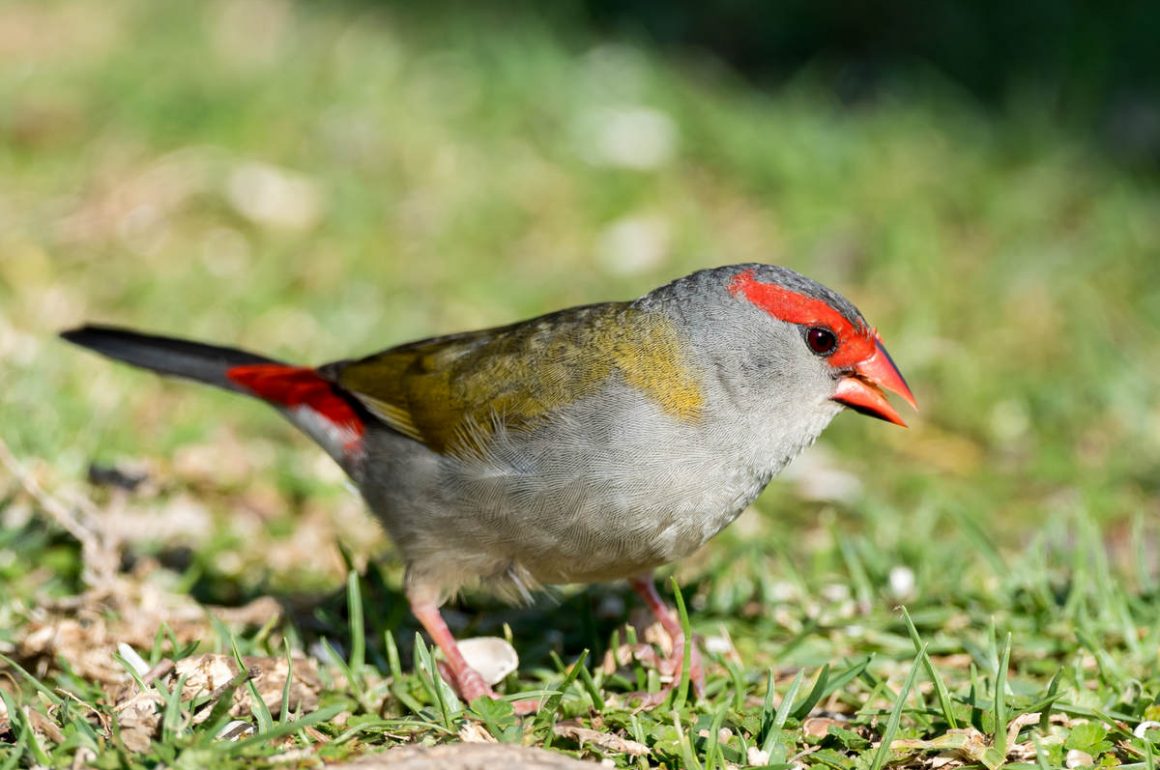
(In which the author, rather than jumping out of his 13th-floor window out of his frustration over his long lockdown, describes a final 15 Australian birds, whether or not anyone is interested).
[Note: This post was written about 4 months ago during the 78-day Shanghai lockdown but is only being published now. Except for this note, no changes were made]
This photo of a pair of Little Corellas looks like it could easily be on the cover of a romance novel published specifically for a bird audience. I guess “Pretty in Pink” is already taken as a title though.
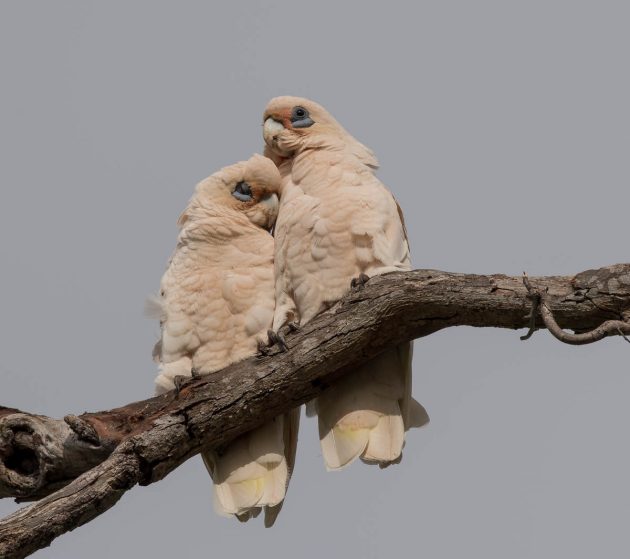
I am wondering who reads all these romance novels. It seems there are many of them published every day. On the other hand, if the lockdown continues indefinitely, maybe I will start reading them myself.
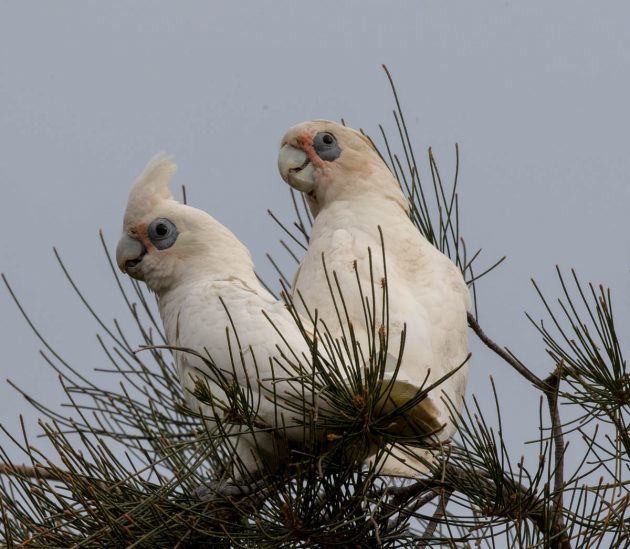
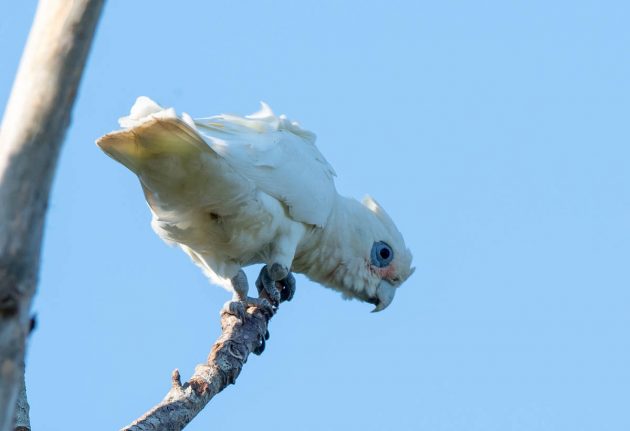
The city of Salisbury, Australia describes them as “the most naturally inquisitive, intelligent, playful, (and destructive!) birds”.
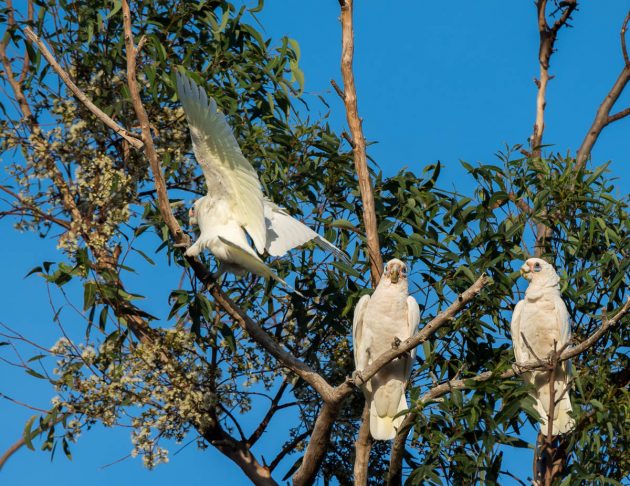
They are “damaging private property, including chewing of wires, guttering, stripping out seals between roof tiles and window frames, chewing garden plants”. I bet you have a good chance of becoming the mayor of Salisbury by taking a hard line against these hooligans.
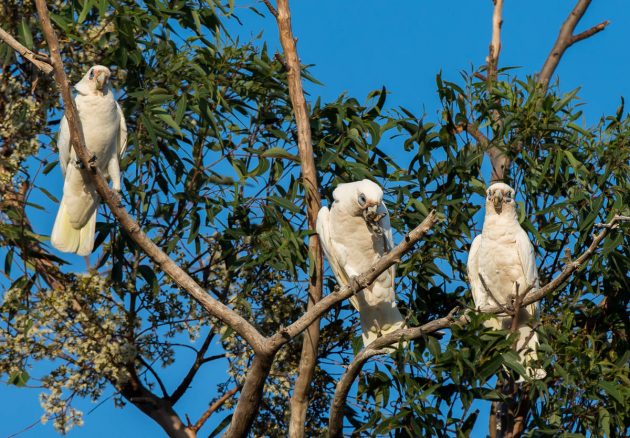
In the southwestern of Western Australia (not where these photos were taken), the Little Corella actually is an introduced bird species listed as a category 3 declared pest (source).
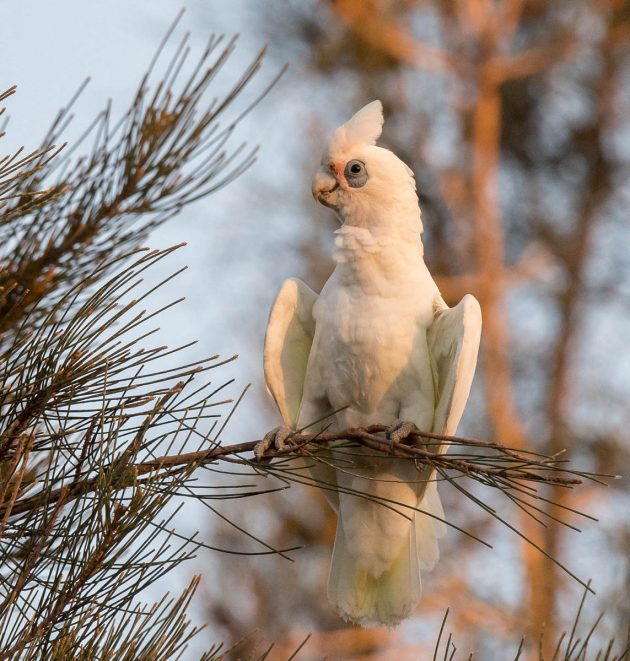
Another website asks “Why can’t we win the war on corellas?”
In their defense, it turned out that initial claims that Little Corellas possess weapons of mass destruction turned out to be wrong.
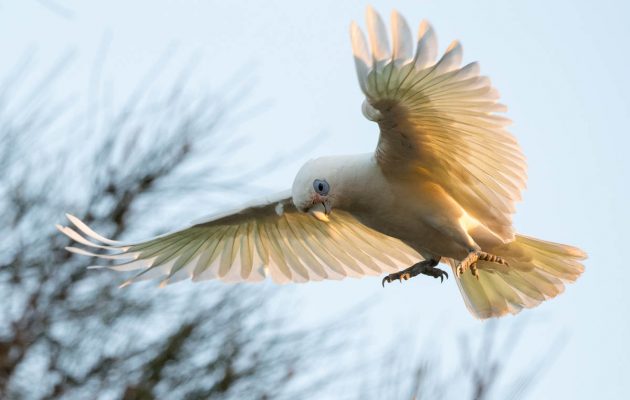
A pet website – speaking in favor of them – gives the equivalent of the “beautiful soul” rationale: “While the Little Corella isn’t the most colorful parrot in the world, it makes up for its plain look with a big personality”.
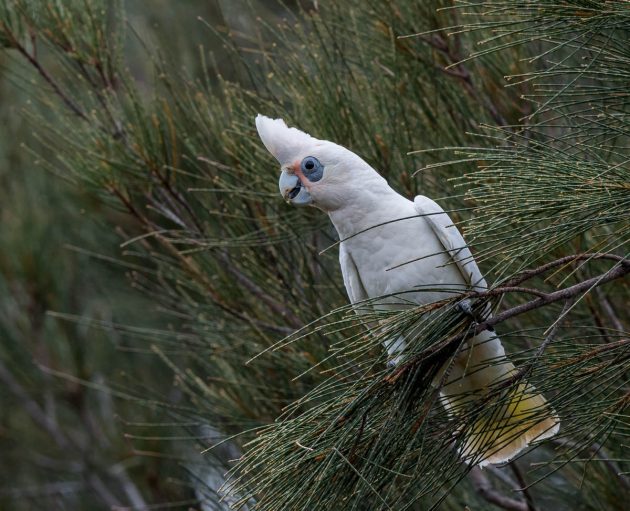
The Little Corella is also known as Little Cockatoo, which gives me a seamless way of mentioning a fabulous Cure song, “Like Cockatoos“.
Like Robert Smith, the Australian Pelican seems to be a major user of kohl eyeliner (even on the bill!). It supposedly has the longest bill of all birds, a record certified by no other than the number one scientific source for this kind of data, the Guinness Book of Records.
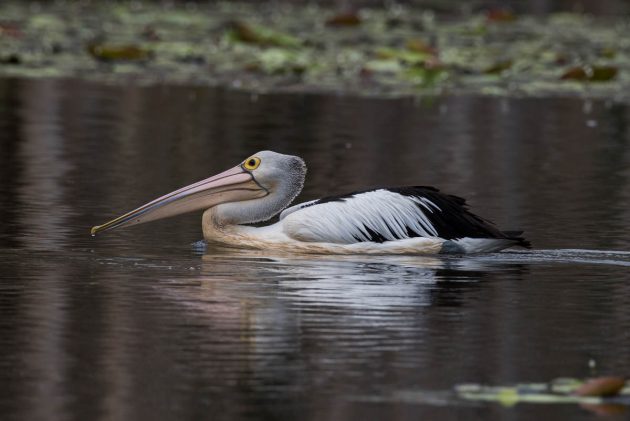
Most websites – particularly those specifically targeting kids – do not mention the fact that juvenile Australian Pelicans have shown cannibalism (source).
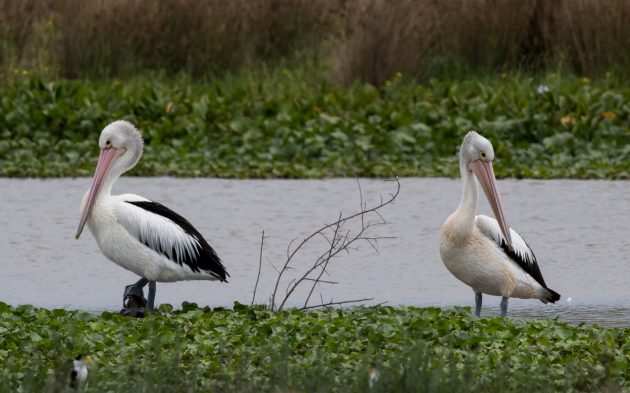
On the plus side, a website of the Australian Government provides a printout for an origami of an Australian Pelican.
The Latin species name of the Brown Falcon is berigora, which made me hope it was named for some colorful and potentially sleazy racist naturalist (you may have realized I like these stories, even though I am not a person who slows down when seeing a car crash). Unfortunately, berigora is just an Aboriginal name for this falcon. Disappointing.
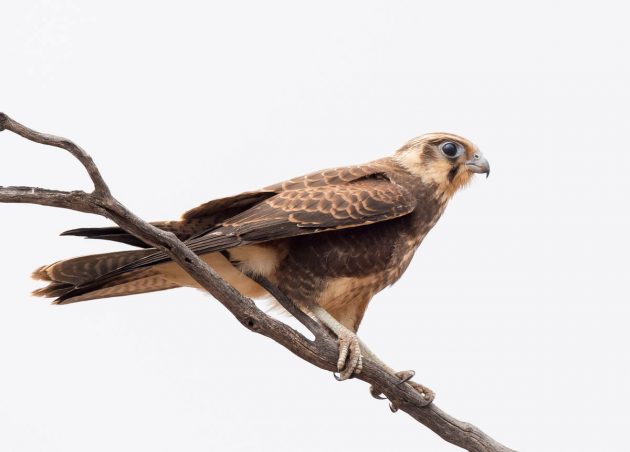
Also possibly disappointing for those who like the macho image of raptors: The diet of breeding falcons consisted mainly of insects (55%).
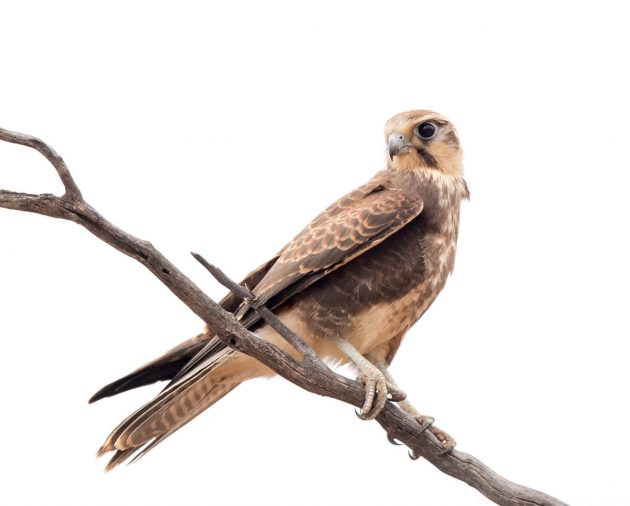
Albert’s Lyrebird is such an interesting bird that I have to include it despite fairly poor photos.
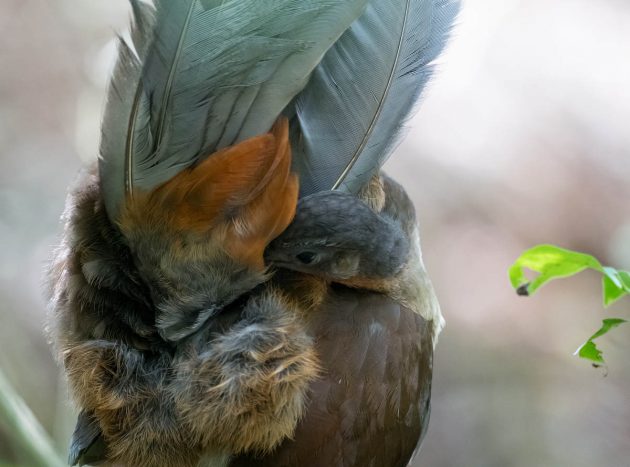
Lyrebirds are passerines known for their skills in imitating a range of sounds and noises.
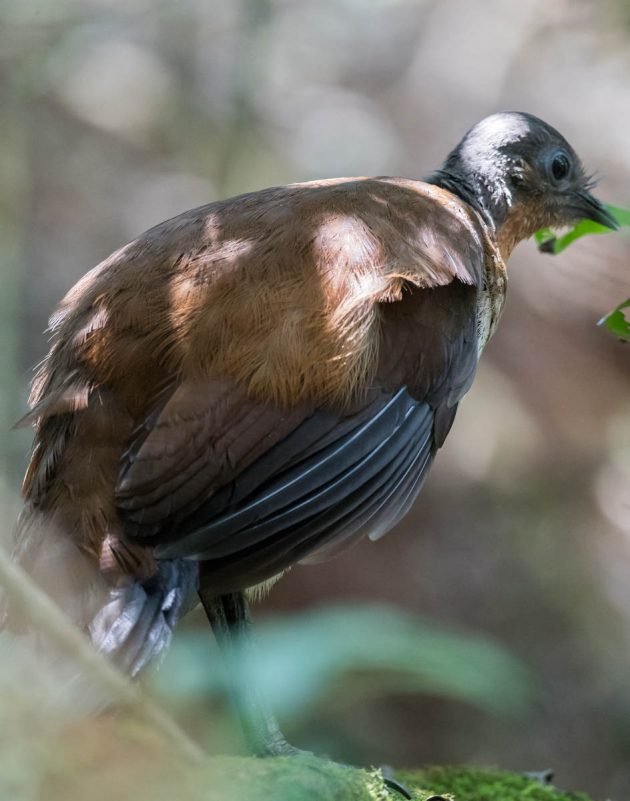
The species is named for Prince Albert, Queen Victoria’s consort – in the words of John Gould “as a slight token of respect for his personal virtues, and the liberal support he has rendered to my various ventures”.
On the other hand, a biography of Prince Albert (by A. N. Wilson) describes him as “a dull and staid young man … At university in Bonn, he was extremely socially gauche”.
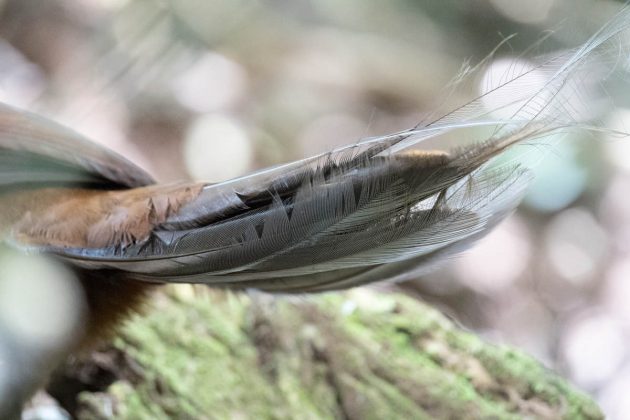
Unfortunately, the bird is listed as Near Threatened, with an estimated 3500 birds alive. Still, better than Albert, who of course is long dead.
The Australasian Darter is a bird in the genus Anhinga. This means “devil-bird” in the Tupi language: “The Tupi word for demon or devil was … transcribed as anhinga by the Portuguese, whose priests apparently made use of it when spreading their ideas about hell” (“Australian Bird Names”). Good work, Portugese priests.
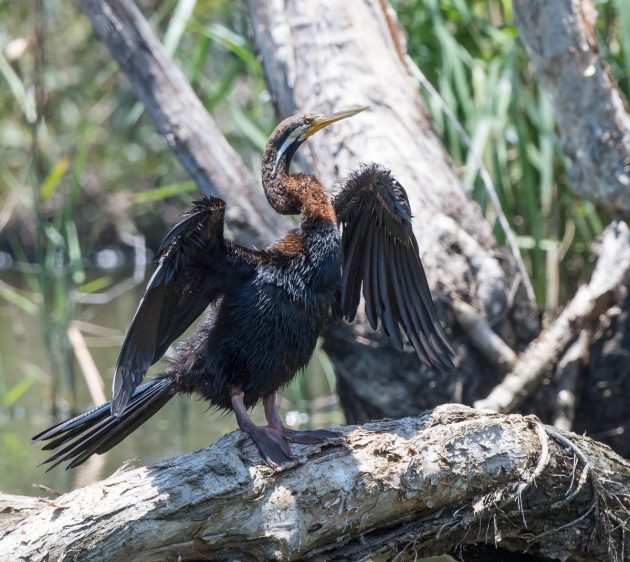
The devil dries its wings.
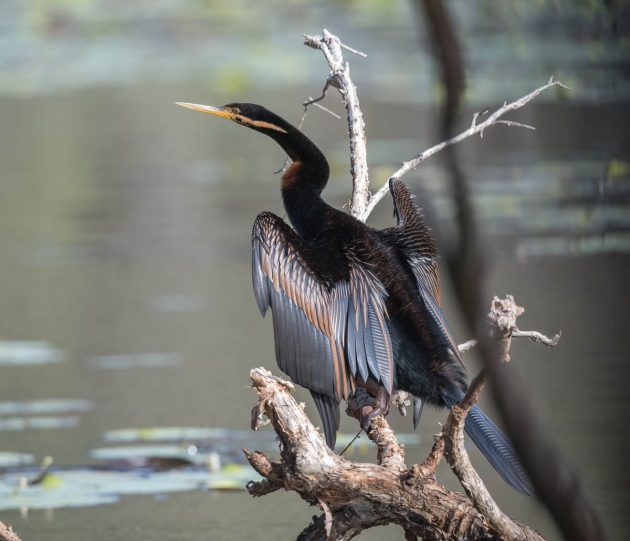
Also popular among devils: eating your own children.
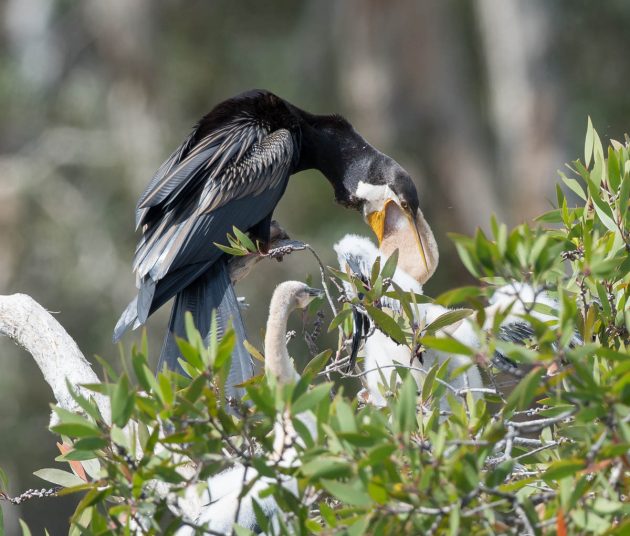

In another indigenous language, Guaraní, the Anhinga is called the snake cormorant – you can see why below.
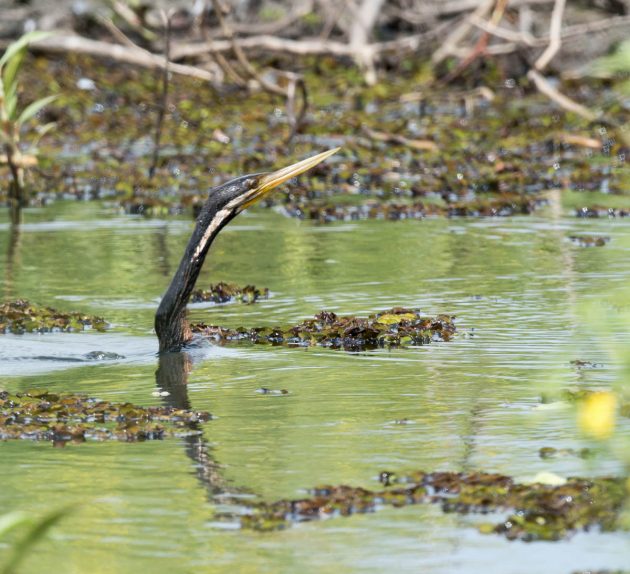
The Bell Miner is a honeyeater named for its bell-like call.
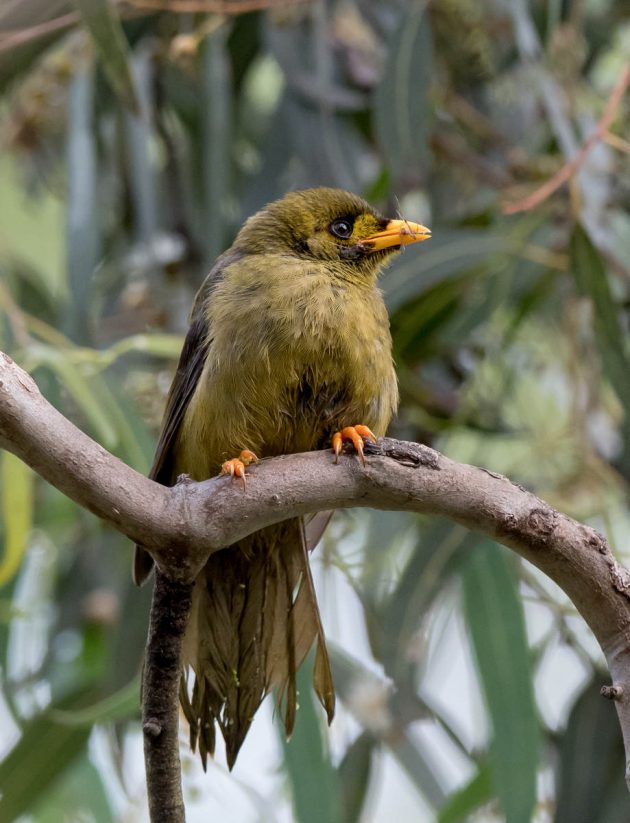
Trees are usually not very happy about having them as guests as “the trees that bell miners live among usually sicken and eventually die, because instead of removing harmful insects the miners guard them from other birds” (Tim Low, “Where Song Began”).
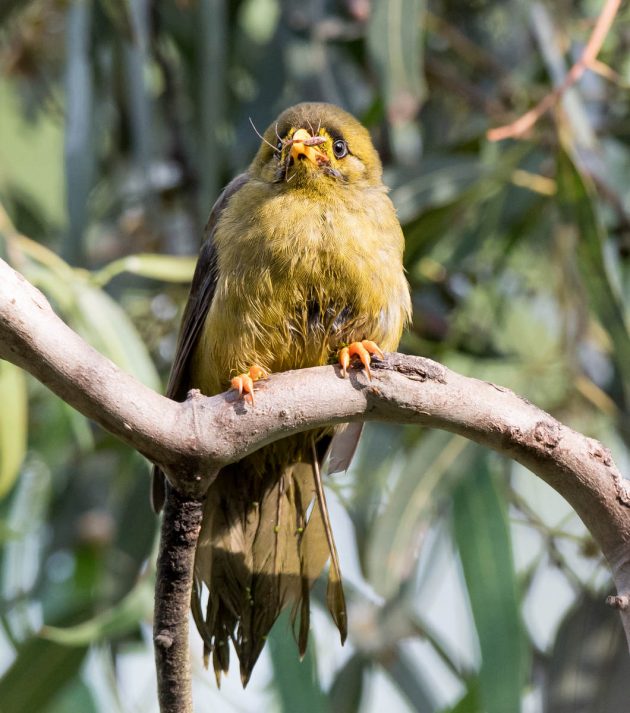
They act as farmers, eating the lerp produced by the insects on the tree without killing the bugs themselves.
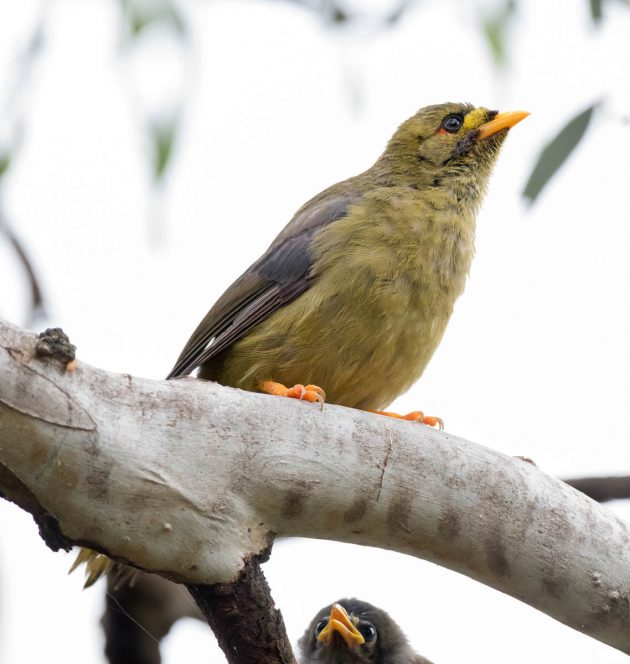
Ironically, “rural real estate with bellbirds attracts a premium, despite the promise of dying trees” (Tim Low, “Where Song Began”).
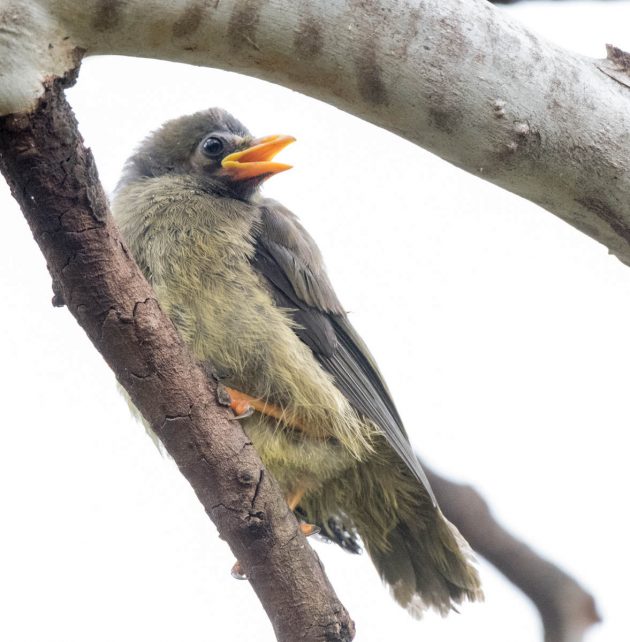
The Eastern Spinebill is a much smaller and more benign honeyeater mainly feeding on nectar.
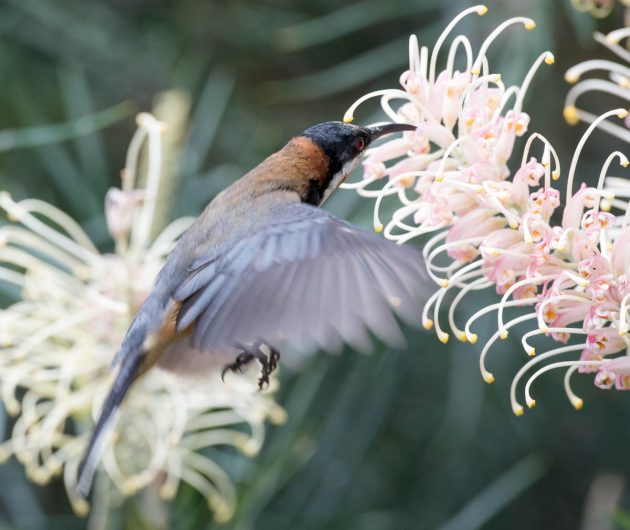
In a pique of hummingbird envy, some websites describe it as the Australian equivalent of hummingbirds.
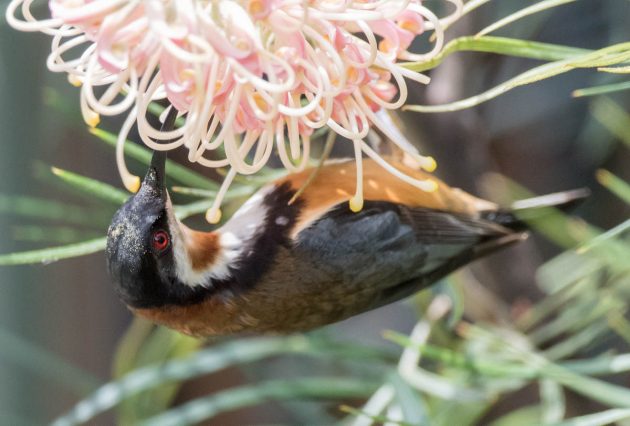
The Eastern Whipbird is named for its distinctive whip-crack sound. It sounds quite funny – you can listen to it here.
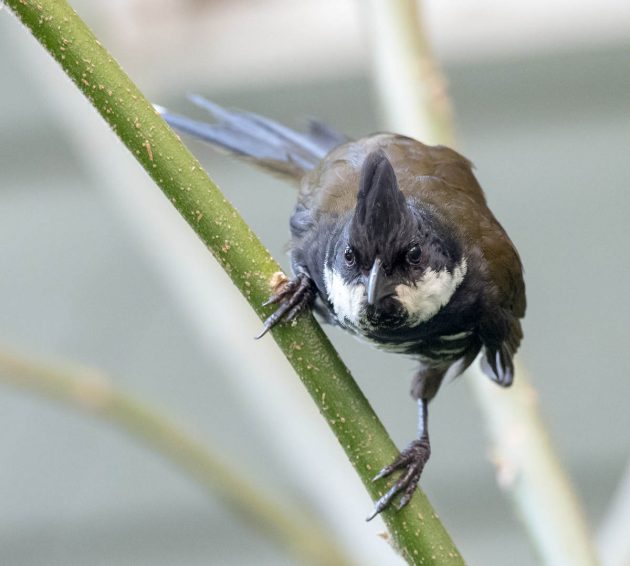
Seeing Red-browed Finch in the wild instinctively makes me look for an exploded pet shop nearby.
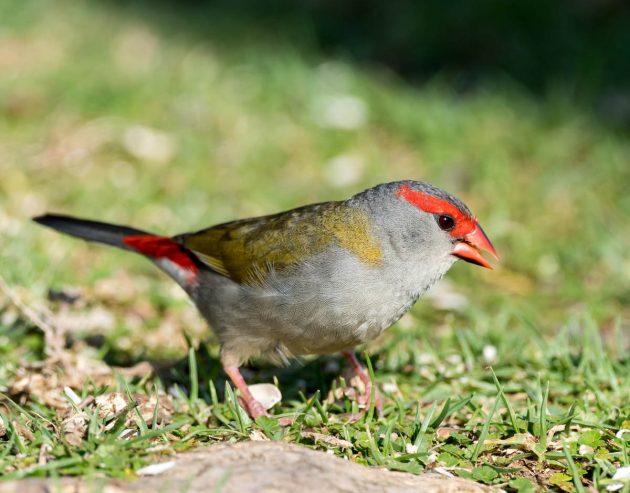
But of course, these are wild birds. Wild as in “not caged”, not as in “ferocious”.
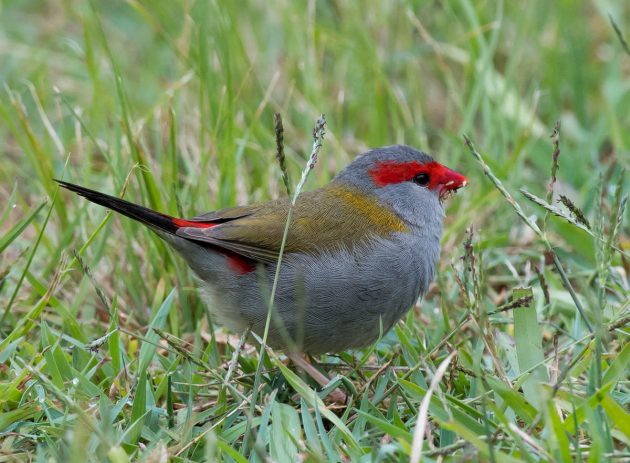
The courtship ritual – as described by the HBW – is reminiscent of some folkloristic minority dances seen in the New Year gala on Chinese TV: “Courting male holds a long stem in bill, moves to side of mate and, parallel with her, begins to sing and dance”.
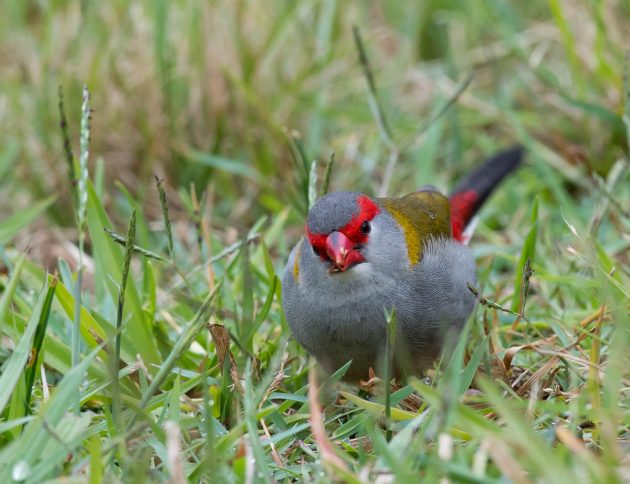
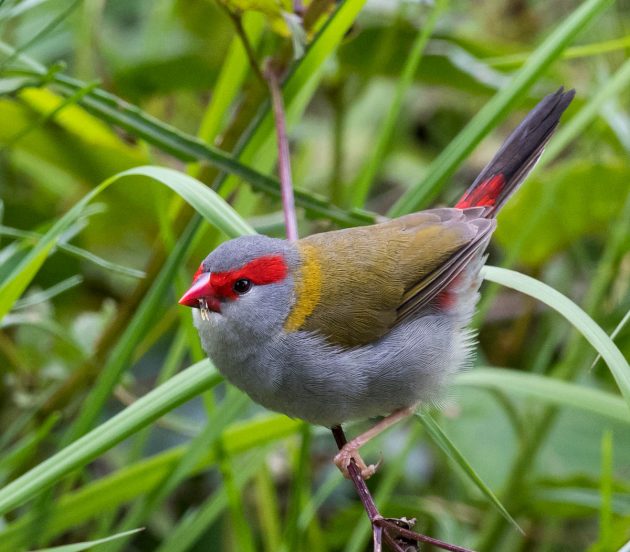
In terms of their bowers, male Regent Bowerbirds are more on the shantytown side of the family range. The HBW describes their bowers as “a sparse, frail avenue of sticks” where the “male spends only c. 3% of daylight time at bower site” (otherwise, he would spend more time on decoration, obviously). Quality is not a key objective in bower building – the “bower structure [is] often short-lived” and a “new bower takes [only] c. 3–4 hours to build”.
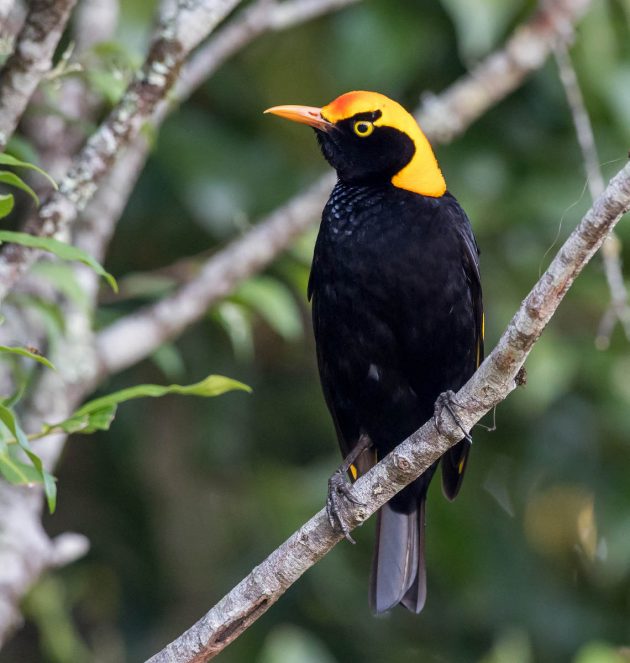
Possibly due to their limited capability to impress the females with their bower building skills, the males are dominated by females at fruiting trees (HBW).
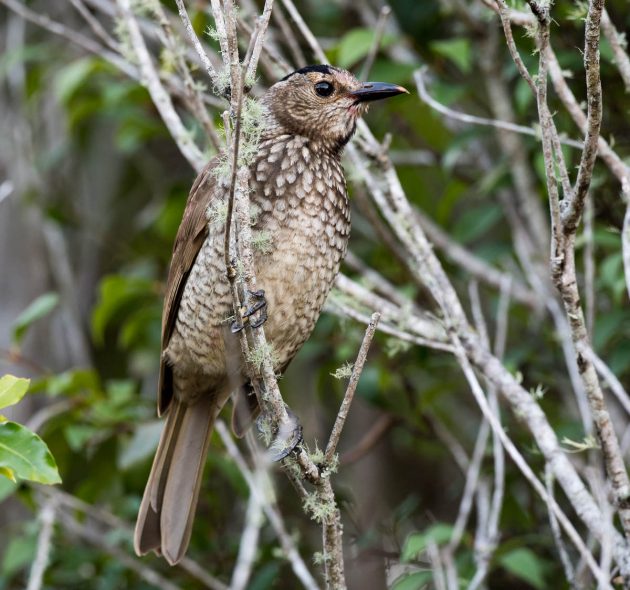
Apparently, the Sacred Kingfisher got its name because it is regarded by the inhabitants of some pacific islands as – you guessed it – sacred.
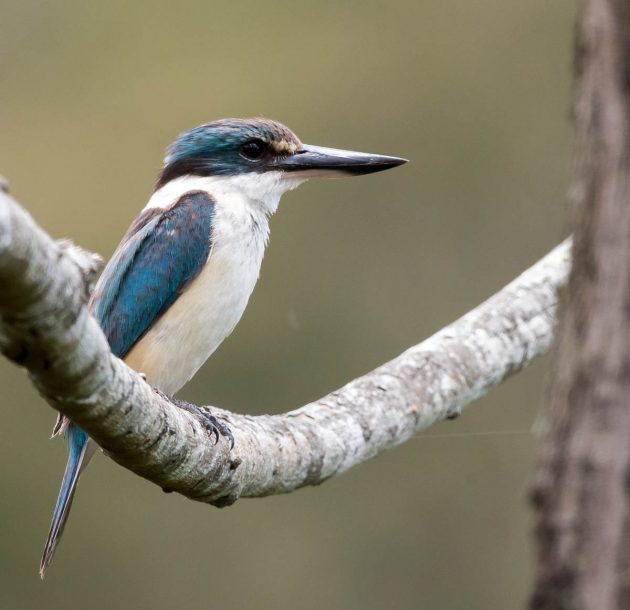
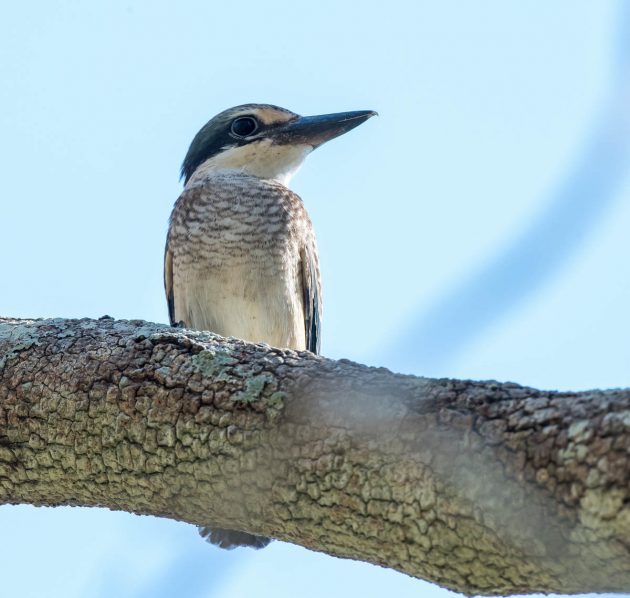
One of their nesting locations is in arboreal termite nests, such as below (in Brisbane).
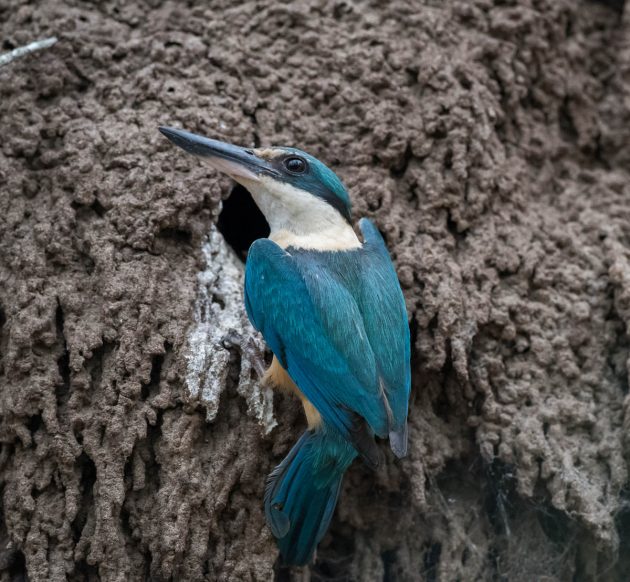
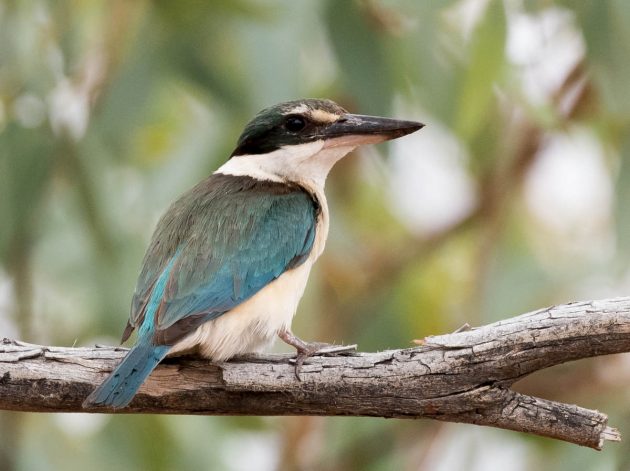
From a camouflage point of view, the color of the Scaly-breasted Lorikeet makes a bit more sense than that of some other Australian parrots.
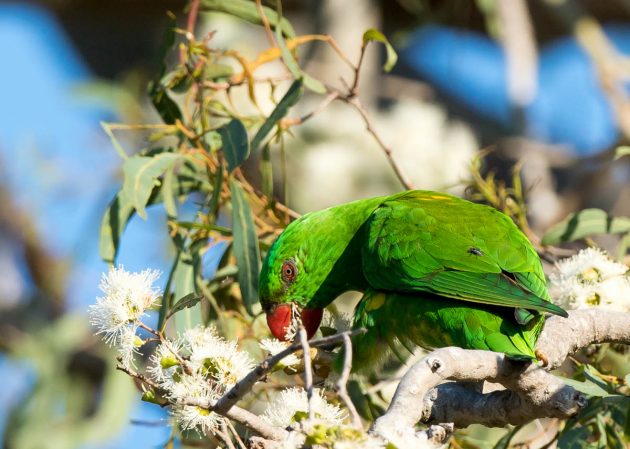
It feeds mainly on nectar.
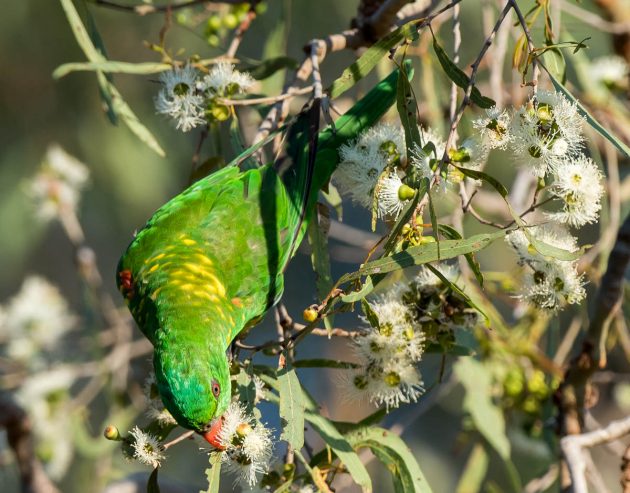
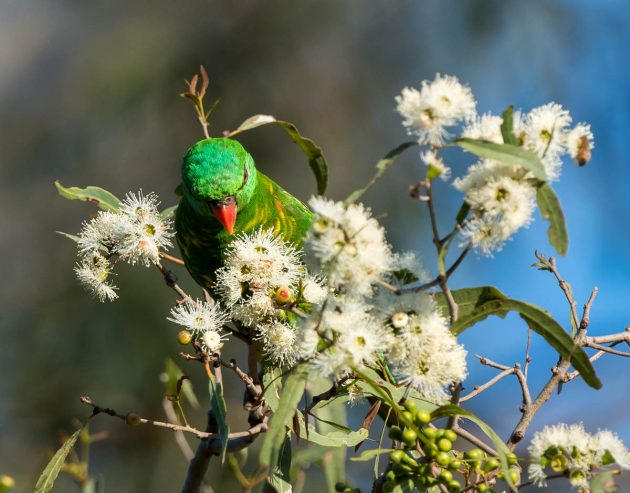
The HBW is unimpressed by its vocalizations, calling them “a variety of sharp squeaky screeches, sounding quite hoarse and lacking any rolling tonal quality, such as ‘skhee!’, ‘klee’ or ‘kha-kha’.”
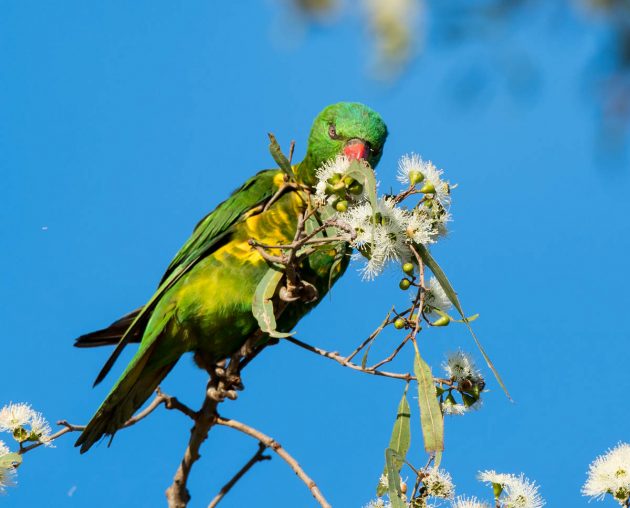
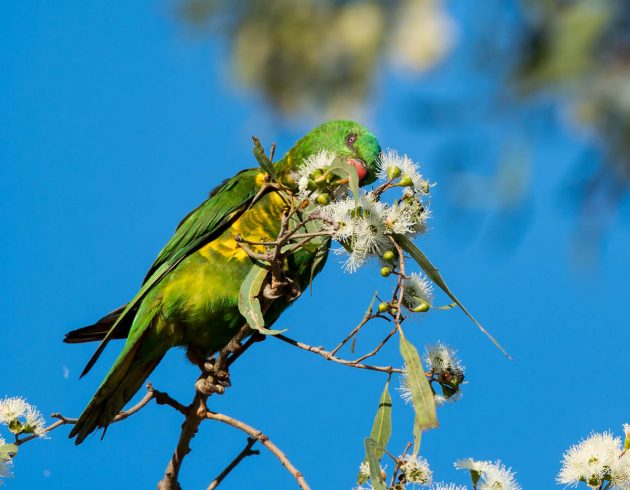
The Singing Honeyeater got its name because John Gould, a leading English illustrator who also intensively studied Australian birds, thought highly of its song – which made the authors of “Australian Bird Names” wonder “if he was listening to the same bird that we know, which at its most melodious can about manage a ‘prrip’”
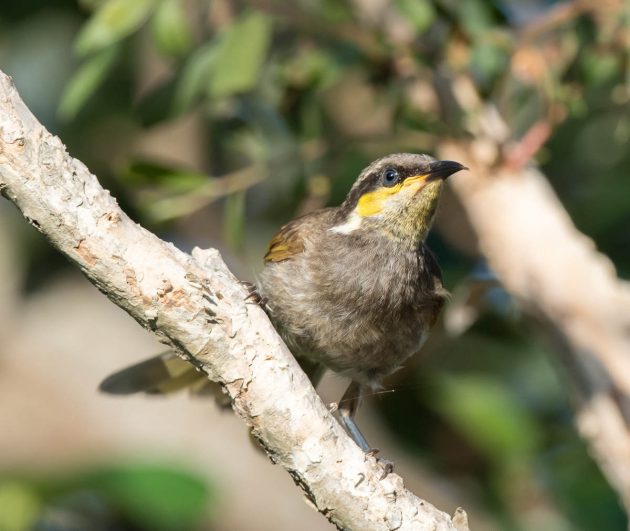
Indeed, on Reddit, one person observed that it “sounded like a small frog when I heard it.”
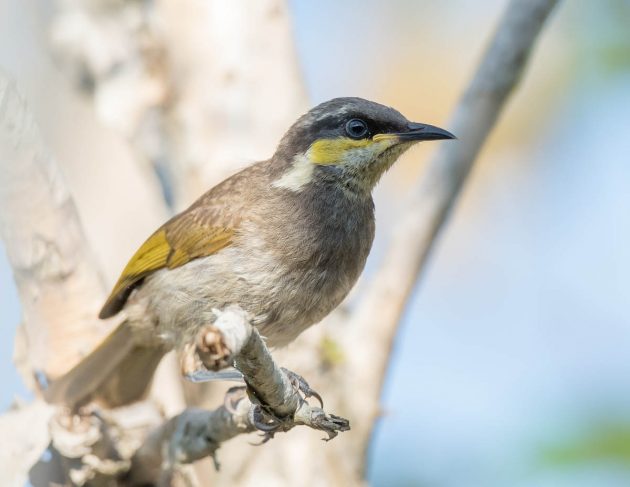
You can judge for yourself here.
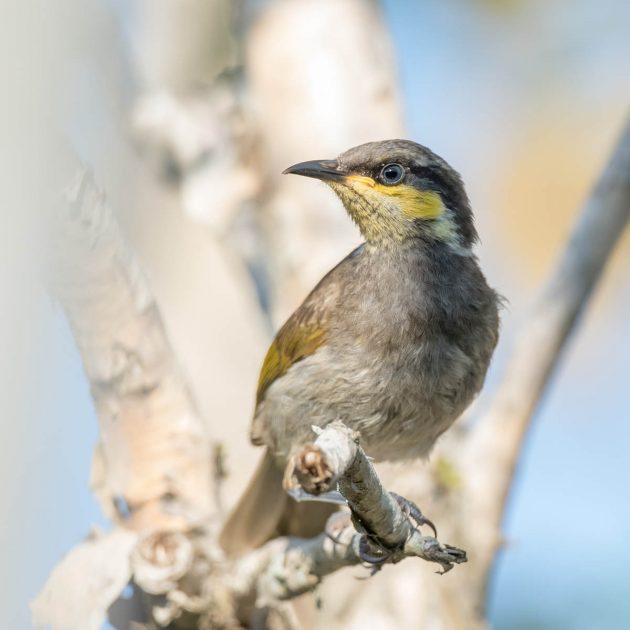
As you have probably already realized if you frequently read this blog, I like to describe birds with sleazy sex lives. Unfortunately, the Singing Honeyeater is monogamous. What a bore.
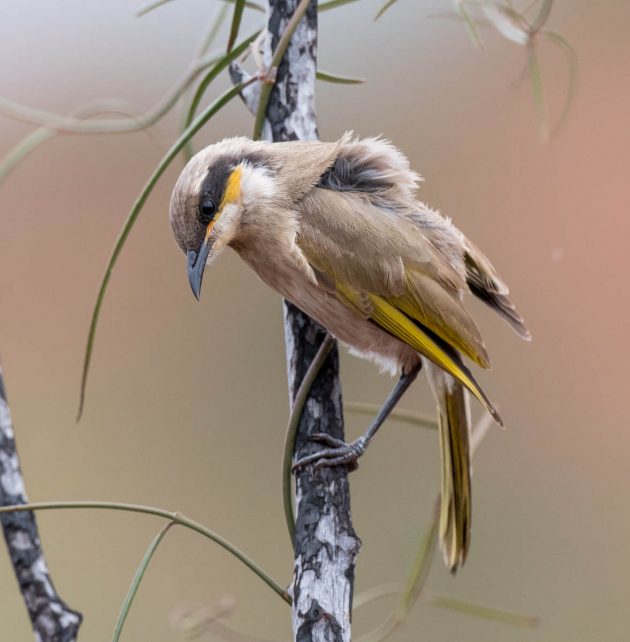
Singing Honeyeaters drinks “nectar at a greater rate in the morning and at midday than later in the afternoon” – not very surprising, but then most scientific results are not.
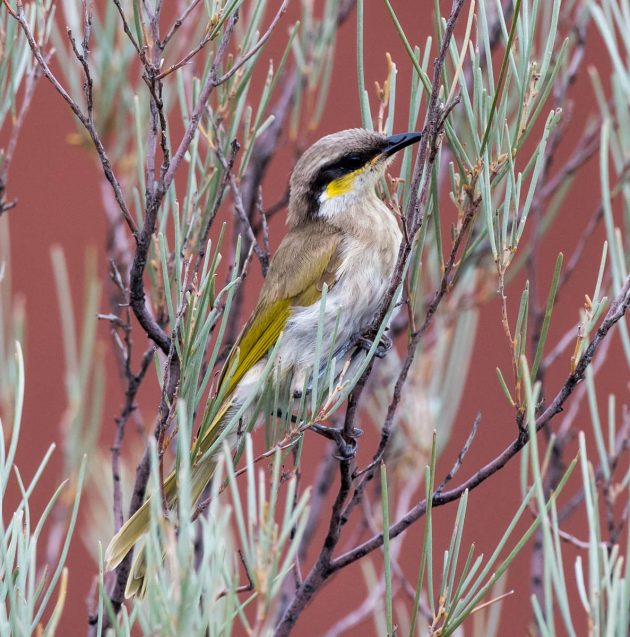
The Variegated Fairywren has a comparatively modest name compared to some of the other fairywrens such as the Splendid Fairywren, the Superb Fairywren, the Lovely Fairywren, the Exquisite Fairywren and the Glorious Fairywren (though I have to admit that I made the last two names up).
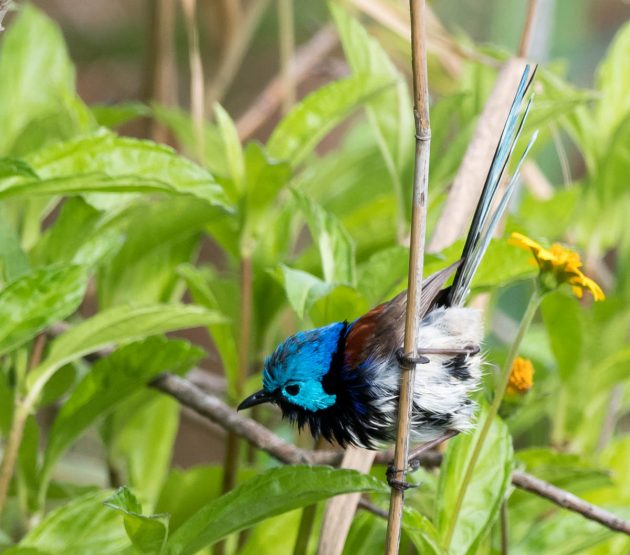
If you are wondering how to get a bird named after you, here is a hint:
The Latin species name of this fairywren is lamberti. It is named for “Aylmer Bourke Lambert (1761–1842), an English botanist with a strong interest in conifers (not wrens, or indeed birds at all). However, he was a founding member of the Linnean Society and a contemporary of Nicholas Vigors and Thomas Horsfield who were also active members, and may have been friends when they named it for him” (“Australian Bird Names”, ISBN 9781486311637)
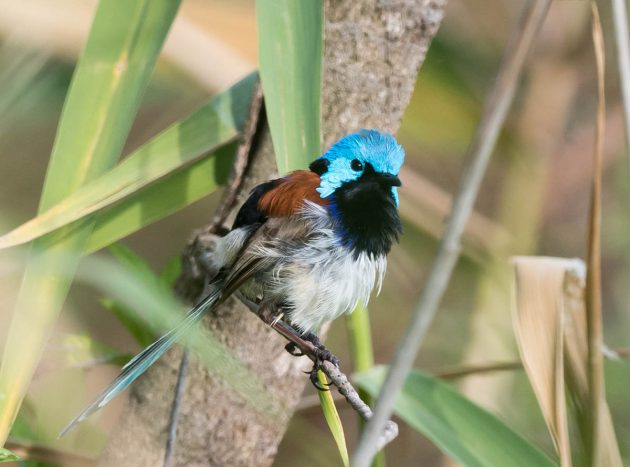
So, just choose the right friends. It should be easy.
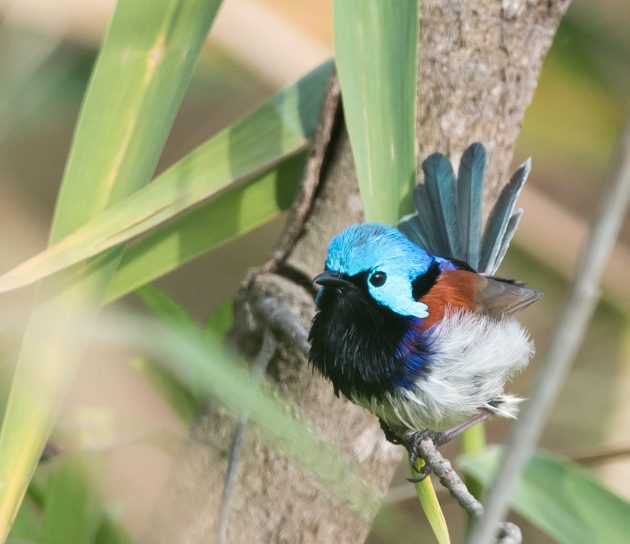
Sexual dimorphism does not get much more pronounced than in the Variegated Fairywren.
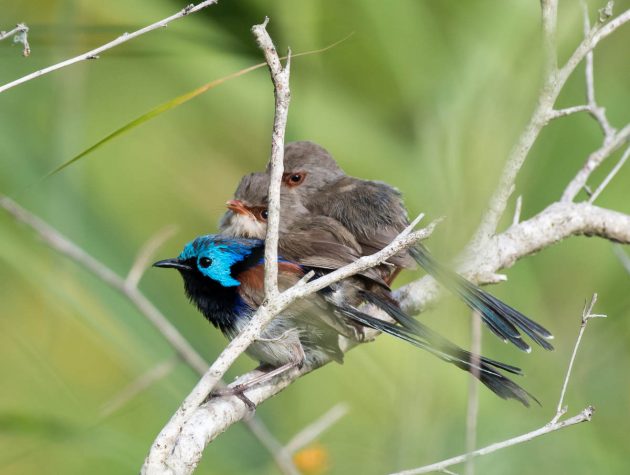
The eBird description of the White-faced Heron sounds it could could describe me as well: “Often solitary. When disturbed it makes a grunting cough noise”.
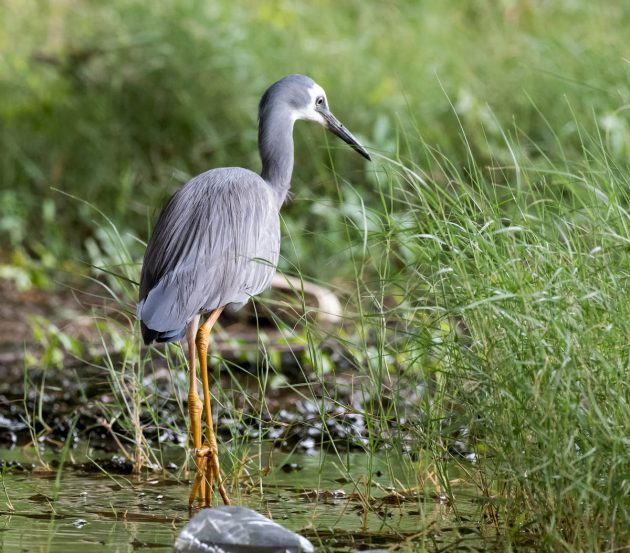
For some real information on the White-faced Heron, please check out what Clare wrote about them.
And finally – in this last episode on Australian birds – a short note on what these birds listen to (at least those with superior taste in music). Basically, they stick to Australian artists – “Think globally, listen locally”:
Ed Kuepper, “Sleepyhead“
Courtney Barnett, “Avant Gardener“
Darren Hanlon, “All these things“
Go-Betweens, “Was there anything I could do“
Grant McLennan, “What went wrong“
Triffids, “Wide Open Road“
Goon Sax, “In the stone“.













Very much enjoyed this post as per usual. Additionally if you are after birds with sleazy sex lives the fairy-wrens are all serial adulterers, forming one main mating pair and then going around behind their partner’s backs.